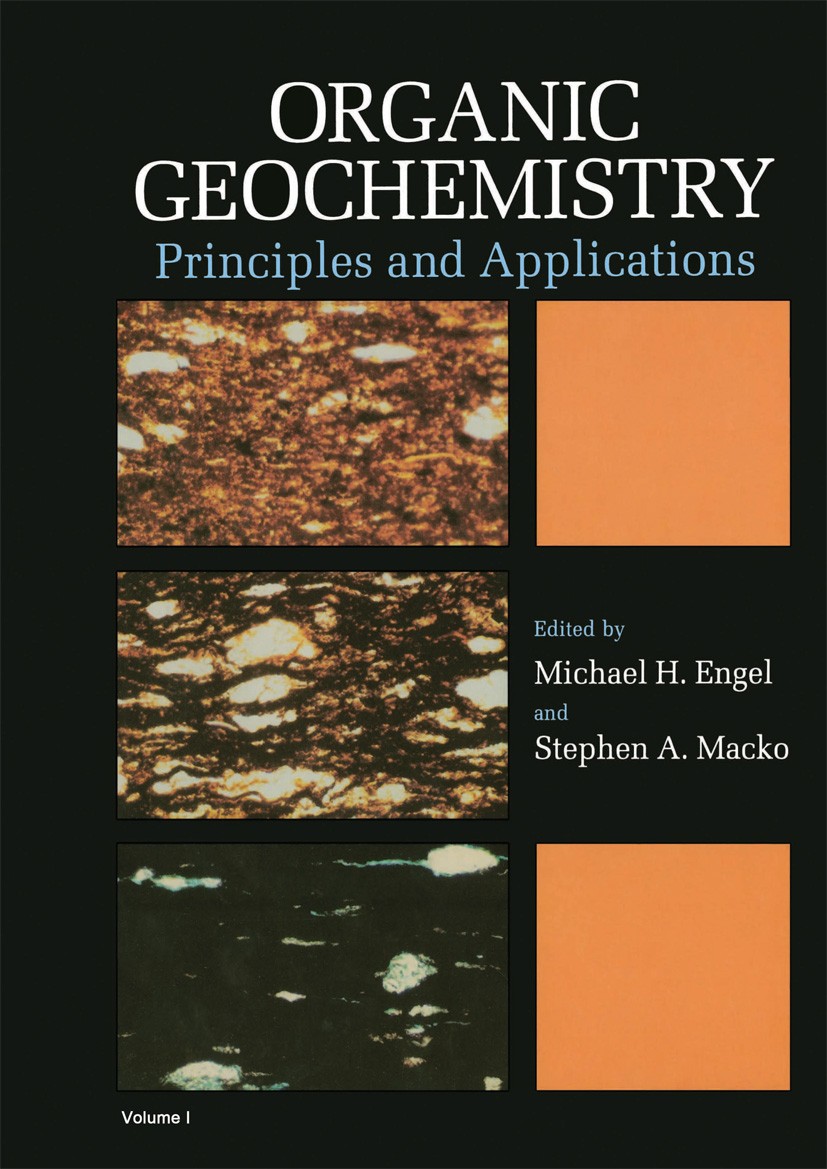Validation of the U37K′ paleotemperature proxy in the South Brazilian Bight from core-top sediments
IF 2.5
3区 地球科学
Q2 GEOCHEMISTRY & GEOPHYSICS
引用次数: 0
Abstract
The paleothermometer based on the alkenone unsaturation index () is often used to reconstruct past sea surface temperatures (SST). In the SW Atlantic Ocean, however, a limited understanding of the seasonal and depth distribution of coccolithophores, which generates the signal preserved in ocean sediments, hinders accurate estimates of past regional SSTs. We analyzed 45 core-top sediment samples from the continental shelf of the South Brazilian Bight (SBB, 23 °S to 28 °S) to assess regional spatial -SST gradients and improve SST estimates. The data were converted to SST using six published paleotemperature equations and compared to modern observational SST data from the World Ocean Atlas (2018) data set. Data indicate that the signal is produced during the austral summer and autumn when regional episodic upwelling events occur over the inner-shelf and the nutricline shoals at the slope. Our analysis of core-top data shows that SST estimates derived from most calibration equations closely align with modern observed temperatures but are skewed toward warmer months associated with upwelling-derived nutrients. Our findings underscore the importance of considering regional and seasonal biases to improve the accuracy of paleotemperature reconstructions. Understanding the factors influencing the SBB signal enables a more meaningful comparison between regional paleoceanographic studies, improving our understanding of past changes in the SW Atlantic Ocean and our ability to predict regional SST response to ongoing and future warming.
南巴西湾U37K古温标的核顶沉积物验证
基于烯烃不饱和指数(U37K’)的古温度表常用于重建过去的海表温度。然而,在西南大西洋,由于对产生保存在海洋沉积物中的U37K信号的球石藻的季节和深度分布的有限了解,阻碍了对过去区域海温的准确估计。我们分析了来自南巴西湾(SBB, 23°S ~ 28°S)大陆架的45个岩心顶部沉积物样本,以评估区域空间U37K′-SST梯度,并改进SST估计。使用6个已发表的古温度方程将U37K的数据转换为海温,并与世界海洋地图集(2018)数据集的现代观测海温数据进行比较。数据表明,U37K信号产生于南部夏季和秋季,此时陆架内部和斜坡上的营养线浅滩发生区域性偶发性上升流事件。我们对核心顶部数据的分析表明,大多数校准方程得出的海温估计与现代观测温度密切相关,但与上升流衍生的营养物质相关的温暖月份偏倚。我们的发现强调了考虑区域和季节偏差对提高古温度重建精度的重要性。了解SBB U37K信号的影响因素,可以对区域古海洋学研究进行更有意义的比较,提高我们对西南大西洋过去变化的认识,以及预测区域海温对持续和未来变暖的响应能力。
本文章由计算机程序翻译,如有差异,请以英文原文为准。
求助全文
约1分钟内获得全文
求助全文
来源期刊

Organic Geochemistry
地学-地球化学与地球物理
CiteScore
5.50
自引率
6.70%
发文量
100
审稿时长
61 days
期刊介绍:
Organic Geochemistry serves as the only dedicated medium for the publication of peer-reviewed research on all phases of geochemistry in which organic compounds play a major role. The Editors welcome contributions covering a wide spectrum of subjects in the geosciences broadly based on organic chemistry (including molecular and isotopic geochemistry), and involving geology, biogeochemistry, environmental geochemistry, chemical oceanography and hydrology.
The scope of the journal includes research involving petroleum (including natural gas), coal, organic matter in the aqueous environment and recent sediments, organic-rich rocks and soils and the role of organics in the geochemical cycling of the elements.
Sedimentological, paleontological and organic petrographic studies will also be considered for publication, provided that they are geochemically oriented. Papers cover the full range of research activities in organic geochemistry, and include comprehensive review articles, technical communications, discussion/reply correspondence and short technical notes. Peer-reviews organised through three Chief Editors and a staff of Associate Editors, are conducted by well known, respected scientists from academia, government and industry. The journal also publishes reviews of books, announcements of important conferences and meetings and other matters of direct interest to the organic geochemical community.
 求助内容:
求助内容: 应助结果提醒方式:
应助结果提醒方式:


